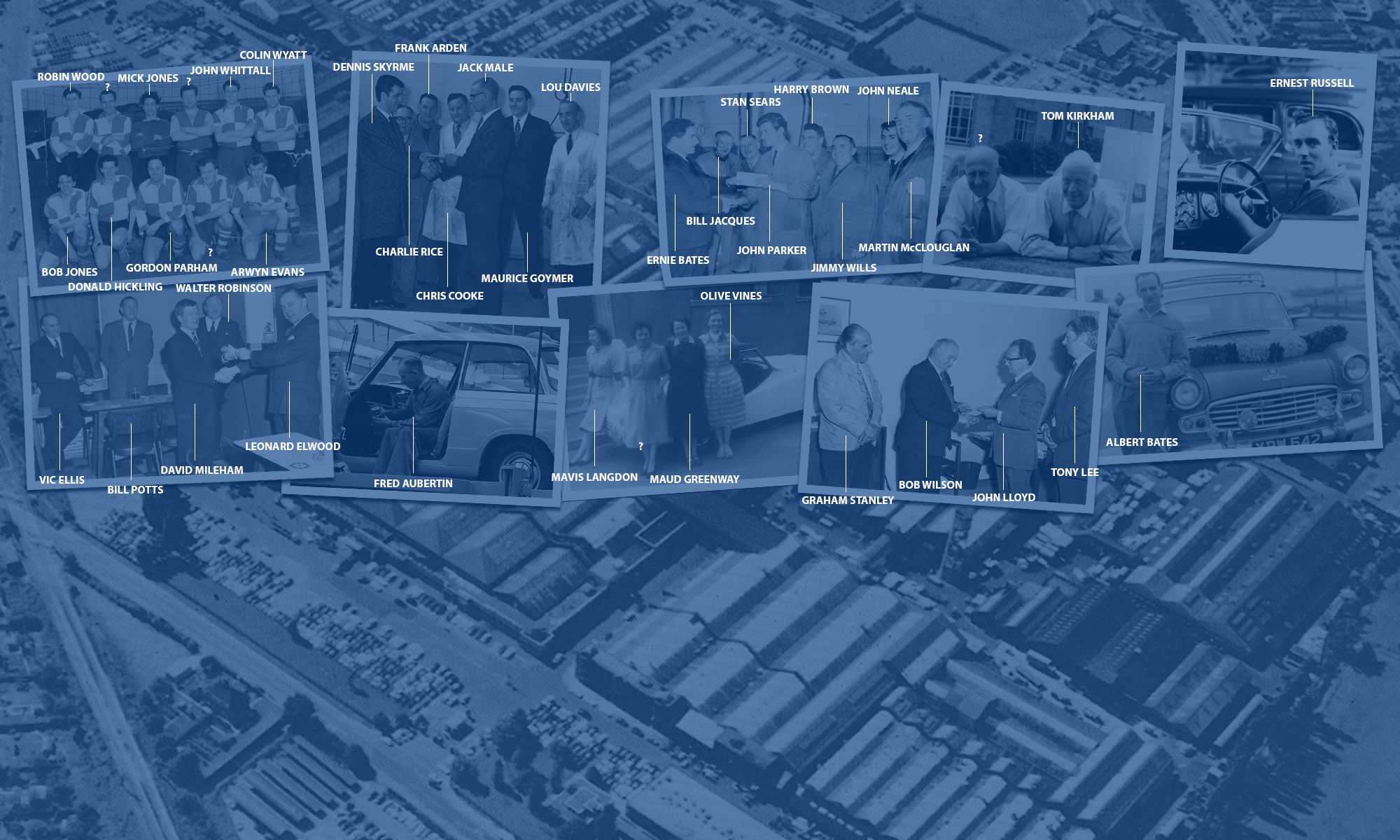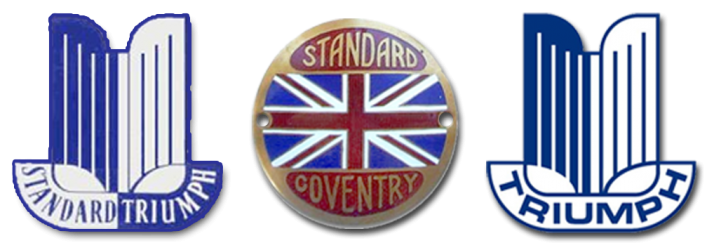Raymond Mays, famous British motor racing driver of the pre-war era, was a recent visitor to the Coventry factory. Continue reading “Raymond Mays and Standard Triumph”
Standard Triumph Park Royal
Standard Triumph’s Service Depot at Park Royal in West London. Continue reading “Standard Triumph Park Royal”
Alick Dick Leaves Standard Triumph
Tuesday, August 22nd and Alick Dick, Managing Director of Standard Triumph, resigns. Continue reading “Alick Dick Leaves Standard Triumph”
NEW – Arthur Brooks – Salvage
Arthur Brooks joined Standard Triumph in 1932. At first he was employed on material handling — the hard way —when built-up axle casings had to be unloaded by hand from railway wagons. Later he supervised internal transport and the powered conveyor loaders. Continue reading “NEW – Arthur Brooks – Salvage”
NEW – Alick Dick to Resign
Mr A. S. Dick. Managing Director of Standard Triumph International since 1954, is to resign from the company, according to a statement from Leyland Motors this week. Continue reading “NEW – Alick Dick to Resign”

